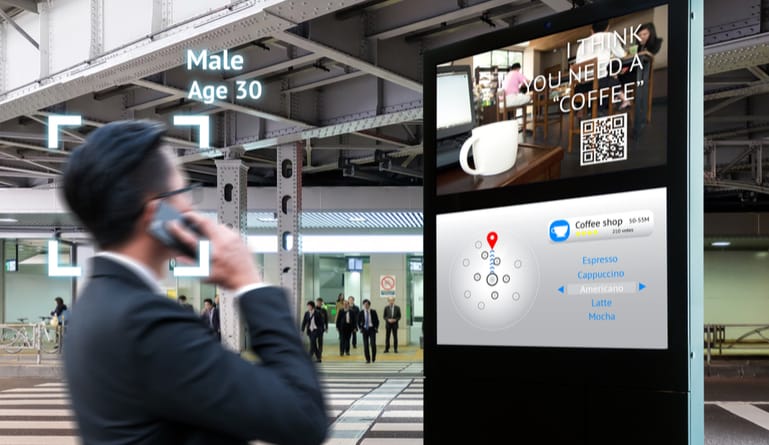The success and impact of your marketing campaigns and strategies can have a direct influence on your sales and business. From TV and radio to print and digital advertising, your business depends on other people knowing about your products and services. More and more, businesses are turning to their fan bases and loyal customers (or even new customers) to help them spread the word about their brand with consumer-generated marketing and advertising content.
What is consumer-generated advertising and how can it benefit your business?
According to Marketing School, consumer-generated marketing is “consumer-created content includes product reviews on blogs, articles, e-newsletters, and message board and forum comments. Short product review videos on YouTube, podcasts, photo sharing, and photo tagging are popular multi-media formats. Consumers pass this content along through social networking, emailing, and posting it to different sites.”
What are the benefits of this kind of consumer-driven brand marketing?
- SEO boost: The more that your brand name or product titles appear on websites, the greater likelihood you’ll appear in searches. The algorithm that search sites use to create page rankings include mentions in user-generated content, including YouTube video descriptions, blogs, and more.
- Reviews lead to more business: According to one HubSpot report, up to 65% of consumers will read reviews on a product or service before making a purchase. It makes sense to help shape your consumer-driven content strategy and build positive relationships with reviewers.
- Increased social media reach: No one shares an ad on Instagram, but they might share a review from an influencer they follow. User-generated content is more sharable; it has less of an “advertising” feel and feels more like part of a natural conversation between businesses and consumers and among customers.
The best ways to use consumer-generated marketing to grow your business
If you think it makes sense to take your marketing position and add a user-generated content strategy element, here are some ways to start.
- Reward reviews: Plenty of companies, like spas, restaurants, dealerships, and others, will encourage their clients to leave a review on a site like Yelp or Amazon. Some companies will offer free or discounted product or other perks for customers who leave an honest review of their brand or business.
- Reach out to influencers: Influencers, like lifestyle and travel bloggers, often partner with brands to review products or services. Influencers already have a following and brands can capitalize on that exposure combined with the trust in the influencer to create more brand awareness and additional sales. Sometimes influencers will work with a business for one lump sum (the way you would pay for a digital ad), while others want to exchange product and services for a review. With influencers, you don’t have control of the kind of content they’ll post (it might be a mediocre review), but a brand can do research to align themselves with influencers and audiences who are most likely to appreciate your product or service.
- Ask for customer opinion: One consumer-advertising example is the Lay’s “Do Us a Flavor” contest, which solicits customer for their next chip flavor idea. Customers make recommendations to the Lay’s company and if their suggestion is chosen by vote, they win a cash prize. This prize solicits interest in the contest (and therefore the brand) and if a flavor is decided on by popular vote, you have created a built-in interested audience for consumption. Is your brand in a position to ask customers what they want to see next?
With more brand intelligence and more content than ever before available on the internet for consumption, it makes sense that customers want to have a say. Consumer-generated marketing techniques give your brand a number of ways to connect with the very customers who support your business.





